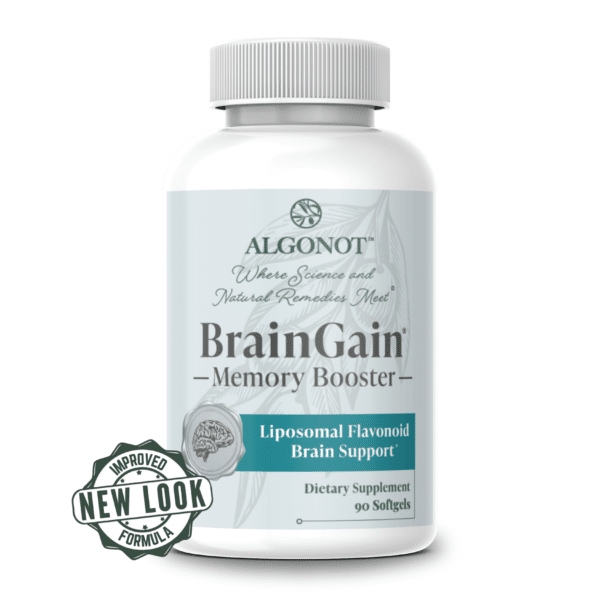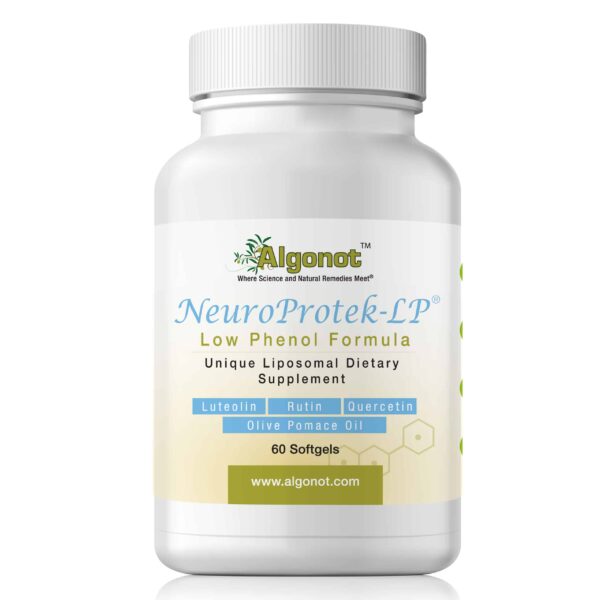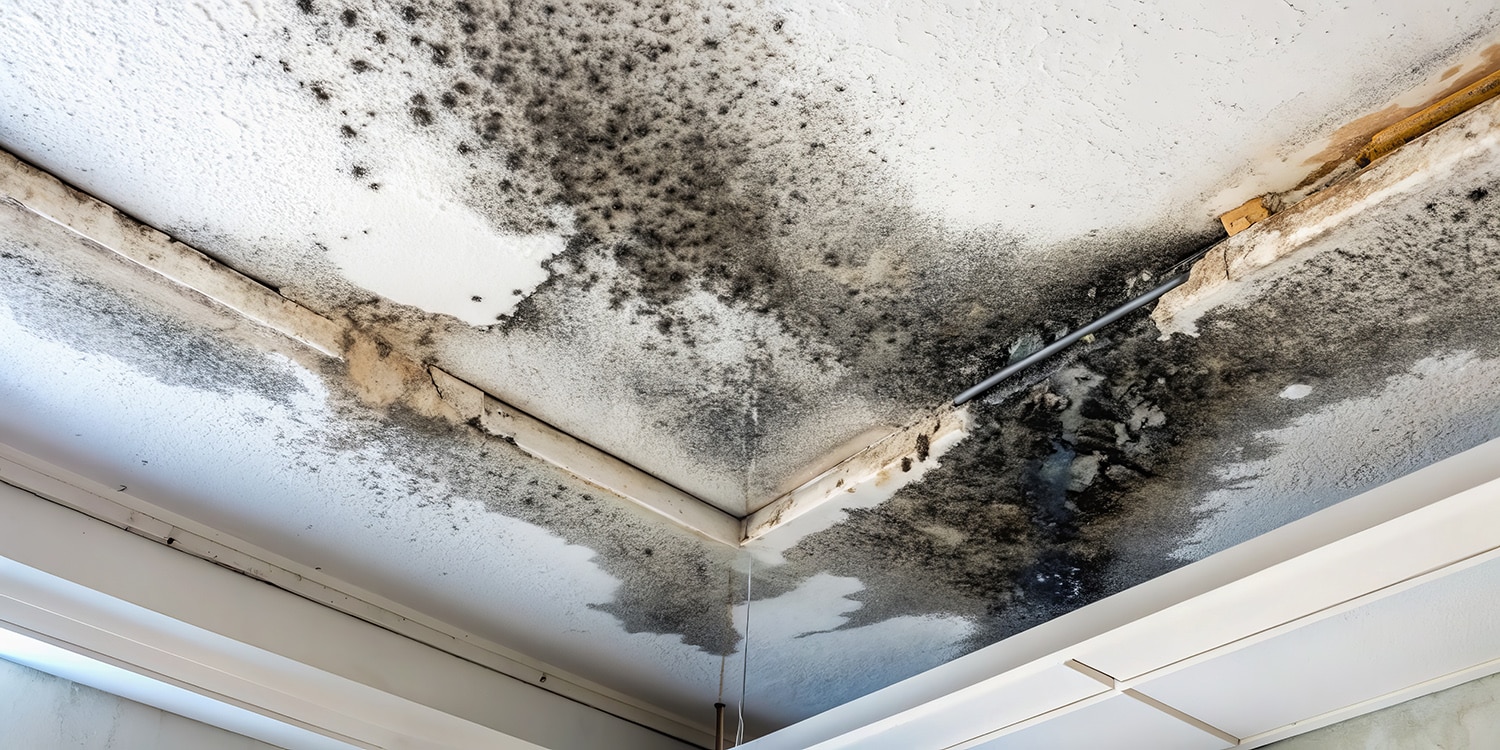The Impact of Mold on Brain Health
Mycotoxins, Mold and Their Impact on Brain Health
Mold is a type of fungi, thrives in damp and humid environments. Indoor mold growth is common, particularly in poorly ventilated areas such as basements, bathrooms, and attics. Exposure to mold spores can lead to a range of health issues, including respiratory irritation, skin rashes, and cognitive disturbances. Some types of mold, particularly black mold (Stachybotrys chartarum), release mycotoxins, which can enter the body through inhalation, skin contact, or even by being absorbed via the olfactory tract, potentially reaching the brain.
One of the many conditions affected by mold is Autism Spectrum Disorder (ASD), which remains poorly understood. However, growing evidence suggests that localized inflammation in the brain—particularly in the amygdala, a region responsible for emotion regulation and fear response—may play a pivotal role in its development. This neuroinflammatory response is thought to be driven by activated mast cells, which compromise the blood-brain barrier (BBB) and activate microglia, the brain’s immune cells. Among various environmental triggers of neuroinflammation, exposure to mold and mycotoxins has emerged as a significant concern. Mold spores and mycotoxins are airborne and can cause damage not only to the lungs and skin but also to the brain, potentially influencing neuroinflammation pathways that affect behavior and cognitive function in individuals with ASD.
One major concern is that these mycotoxins, such as Ochratoxin A (OTA), can trigger neuroinflammation by activating mast cells and microglia, leading to the release of harmful molecules like cytokine IL-6 and matrix metalloproteinase-9 (MMP-9). MMP-9, in particular, plays a critical role in disrupting the extracellular matrix in the brain, which in turn impairs neuronal communication. This can exacerbate the neurological and behavioral symptoms seen in conditions like ASD.
In recent studies, researchers have shown that exposure to mycotoxins such as OTA can stimulate both mast cells and microglia, prompting the release of inflammatory cytokines and MMP-9, further contributing to neuroinflammation and potentially aggravating neurodevelopmental disorders like ASD. However, promising results have emerged from research showing that certain natural compounds, such as luteolin and nobiletin, can inhibit the release of MMP-9 from activated microglia, offering a potential therapeutic avenue for reducing neuroinflammation associated with mold exposure.
Common Types of Mold and Their Health Implications
Mold species vary widely in their appearance, growth patterns, and the risks they pose to human health. Here are some common indoor molds that can thrive in damp environments:
- Cladosporium: Typically brown, green, or black, this mold thrives on wood, carpets, fabrics, and HVAC ducts.
- Penicillium: Green, blue, or yellow in color, it commonly grows in damp basements, insulation, and carpets, especially after water damage.
- Aspergillus: Found in various colors (green, white, gray), this mold is common in fabrics, attics, and food items, and requires minimal ventilation to grow.
- Alternaria: A fuzzy white mold with black spots, often found in fabrics, wallpaper, and around windows.
- Aureobasidium: A pink mold with black spots, frequently found on wood, walls, caulking, and grout.
- Stachybotrys Chartarum (Black Mold): Known for its dark greenish-black color, it thrives on high-cellulose materials like paper and drywall.
- Trichoderma: Initially creamy white but turns green as it releases spores, commonly found in wood, windows, and bathrooms.
Symptoms of Mold Exposure
Exposure to mold can lead to a range of health problems, particularly for those with compromised immune systems, respiratory conditions, or sensitivities to mycotoxins. Common symptoms of mold exposure include:
- Cognitive issues (e.g., brain fog, memory impairment)
- Nasal congestion and sinusitis
- Respiratory irritation (e.g., coughing, wheezing, sore throat)
- Skin rashes
- Eye irritation
- Headaches
- Fatigue
- Increased urination (polyuria) or night urination (nocturia)
These symptoms may be exacerbated in individuals with Autism Spectrum Disorder (ASD), whose neuroimmune system may be more vulnerable to environmental stressors such as mold and mycotoxins.
Mechanisms: How Mold and Mycotoxins Affect the Brain
The harmful effects of mold and mycotoxins on brain health are primarily mediated through their ability to activate immune cells like mast cells and microglia. When these cells are activated, they release a cascade of inflammatory molecules, including cytokines like IL-6 and enzymes like MMP-9, which disrupt neuronal function and communication. This process not only contributes to brain inflammation but may also play a role in exacerbating neurodevelopmental disorders like ASD.
Research has shown that exposure to Ochratoxin A (OTA) and other mycotoxins can trigger an immune response that activates mast cells and microglia, leading to a chain reaction of inflammatory events that may impair brain function. This neuroinflammatory response is believed to contribute to the cognitive and behavioral challenges associated with ASD.
Evaluating and Treating Mold Exposure
If you suspect mold exposure is affecting your health or contributing to neurodevelopmental issues like ASD, early evaluation is crucial. Common diagnostic methods include:
- Blood Tests: Measurement of IgE levels, IgG, and specific IgE for molds and mycotoxins.
- Urine Tests: Mycotoxin testing through specialized labs (e.g., Mosaic Diagnostics, Real Labs).
- Allergy Testing: Assessment of basophil and eosinophil levels, along with eosinophilic cationic protein and protein X.
Treatment Options for Mold Exposure
- Remove Yourself from Moldy Environments: The first step is to vacate mold-infested areas and reduce exposure.
- Remediate Mold: Proper mold removal and environmental remediation are essential. Use dehumidifiers, UV lamps (with caution), and ensure adequate ventilation.
- Dietary Support: Certain supplements may help alleviate the effects of mold exposure:
- Liposomal Luteolin (98% Pure) and Quercetin (95% Pure) in Olive Pomace Oil inhibit the release of mycotoxins and can help protect the brain from inflammation.
- Calcium Folinate (Leucovorin) helps support the brain’s detoxification pathways.
- Berberine, Activated Charcoal, and Cholestyramine are also used for detoxification purposes.
- Lifestyle Changes: Reduce exposure to potential environmental toxins, improve indoor air quality, and maintain a healthy diet.
Conclusion
The link between mold exposure, mycotoxins, and brain health is an area of growing interest, particularly for individuals with neurodevelopmental disorders like Autism Spectrum Disorder (ASD). Emerging research suggests that neuroinflammation, triggered by mold toxins, can significantly impact brain function and exacerbate cognitive and behavioral symptoms. Understanding the environmental triggers of neuroinflammation and adopting effective treatment strategies can help mitigate these risks and improve the quality of life for individuals affected by ASD and related conditions.
For more information on how mold and mycotoxins may be affecting your health follow
Dr. Theoharis C. Theoharides, MS, MPhil, PhD, MD, FAAAAI
Scientific Director of Algonot
Professor and Director, Center of Excellence for Neuroinflammation Research, Institute for Neuroimmune Medicine, Nova Southeastern University, Ft. Lauderdale, FL, USA
To reach Algonot’s Customer Service you can go to Contact








